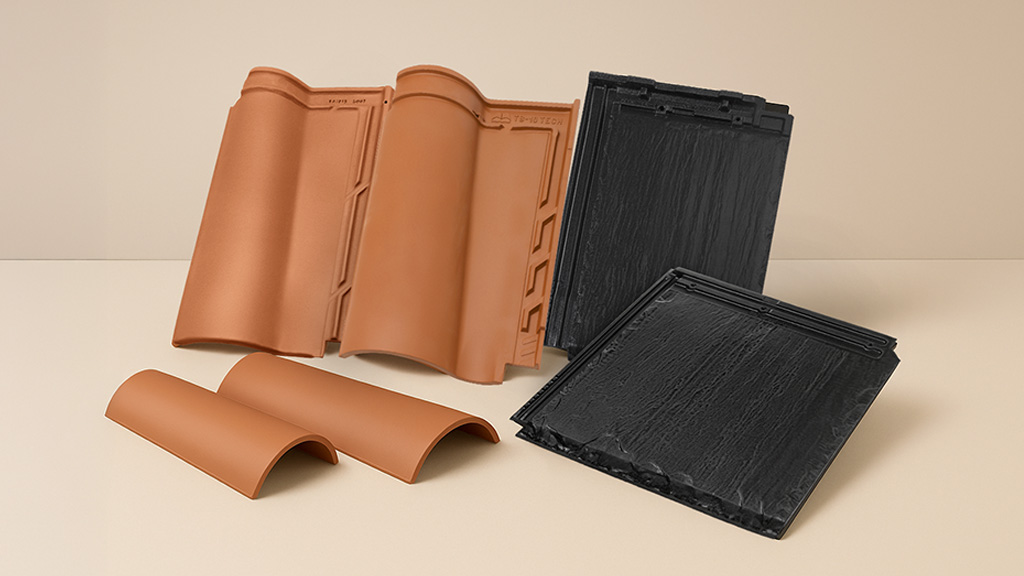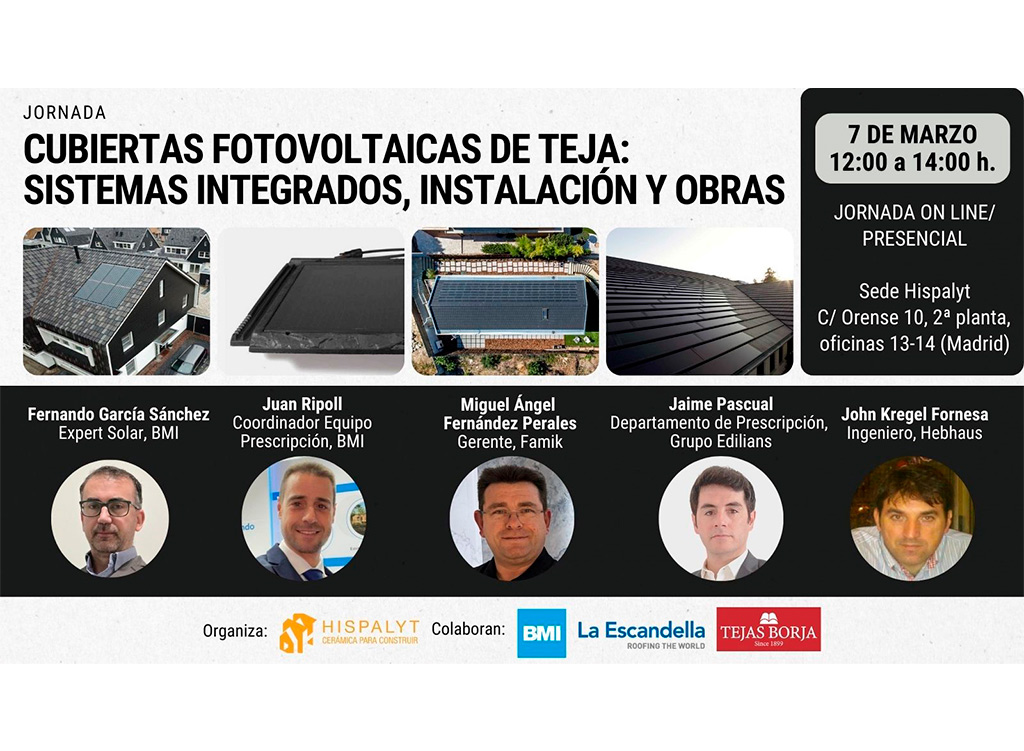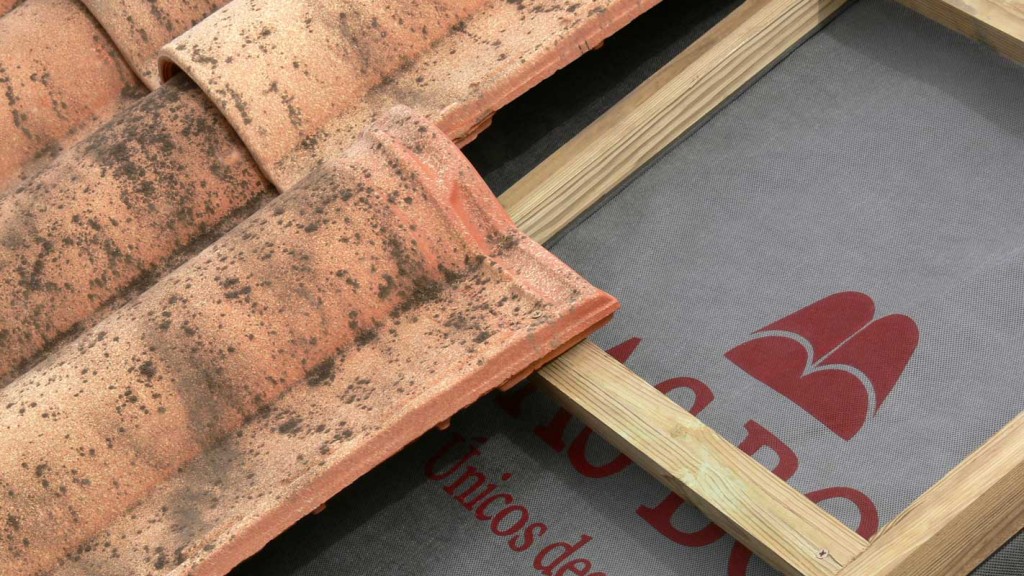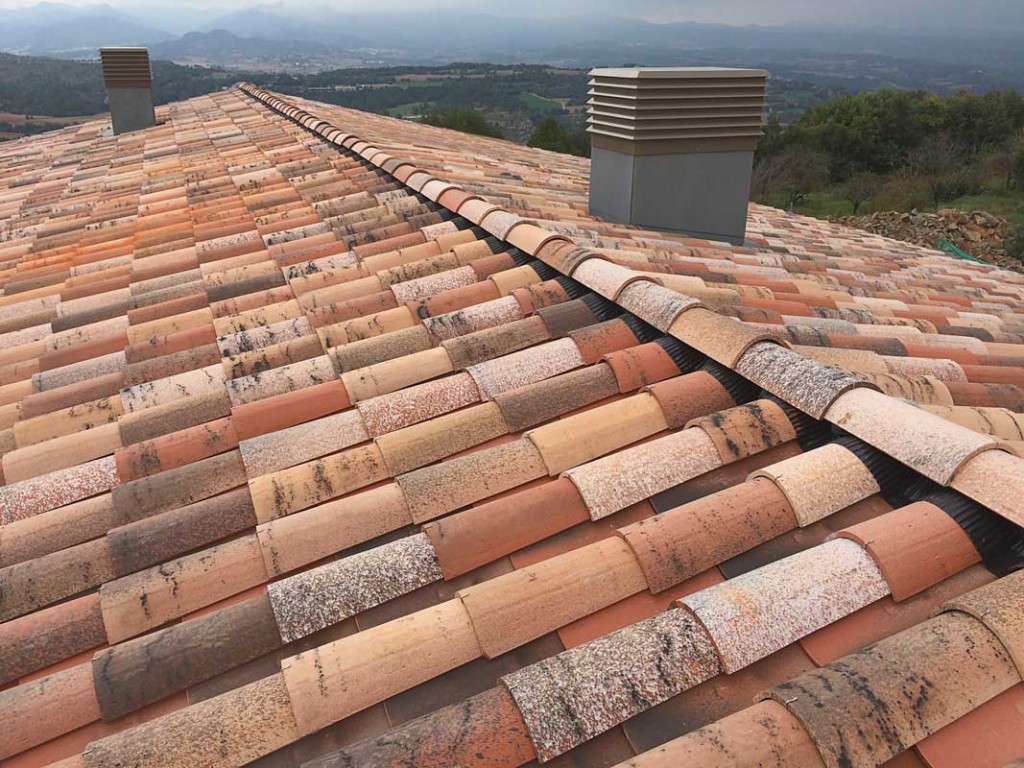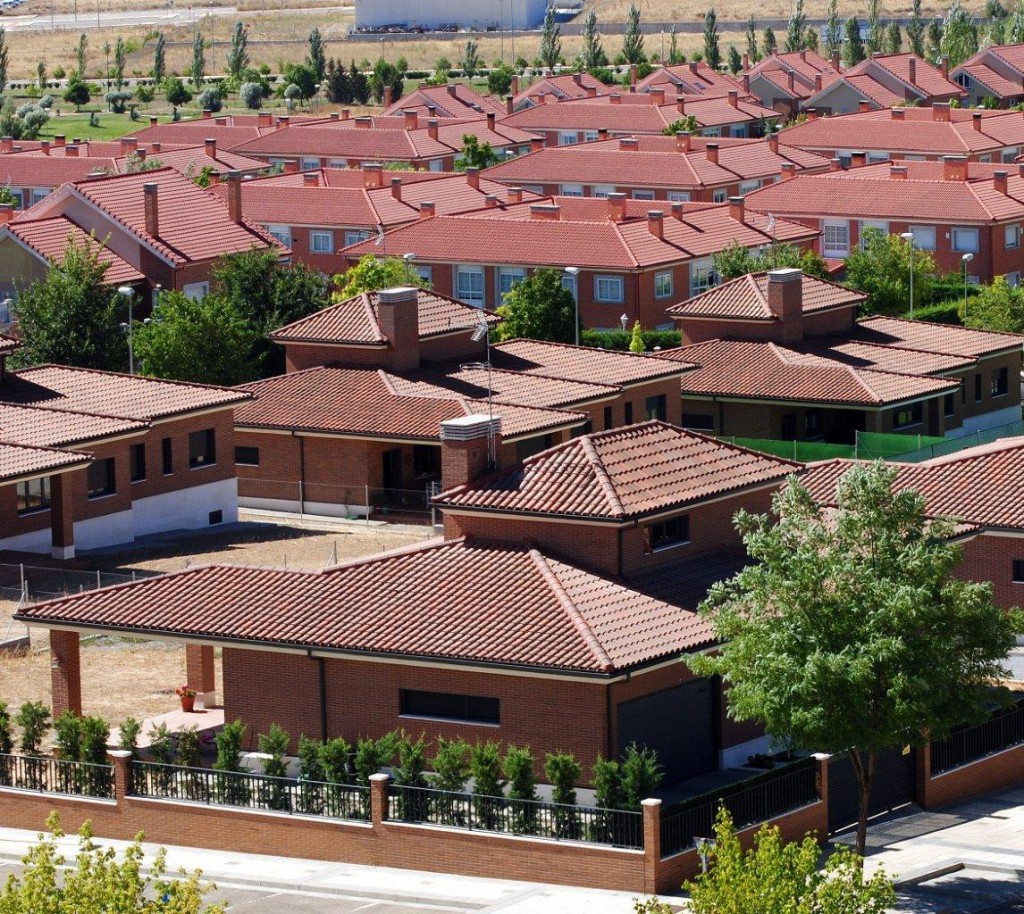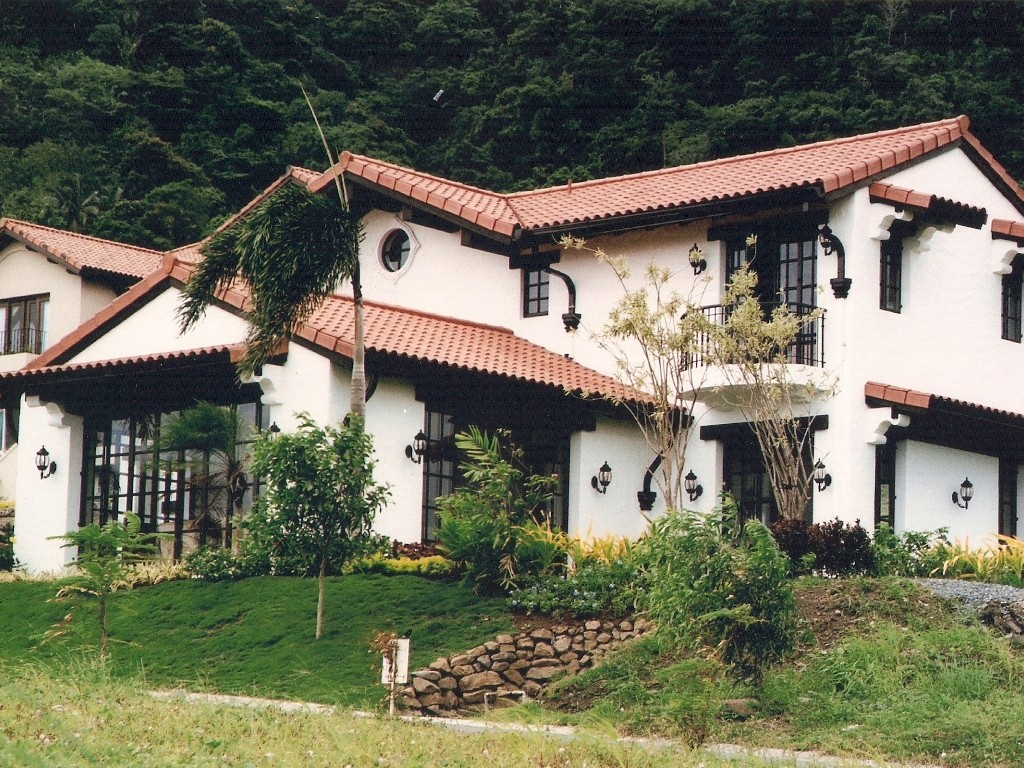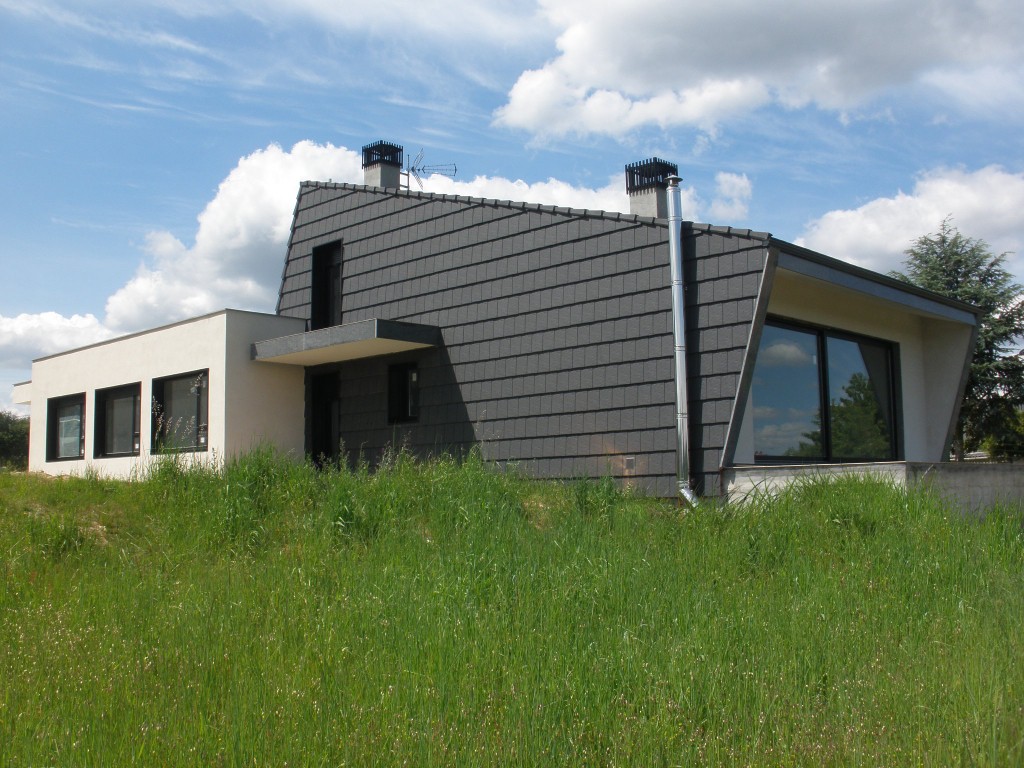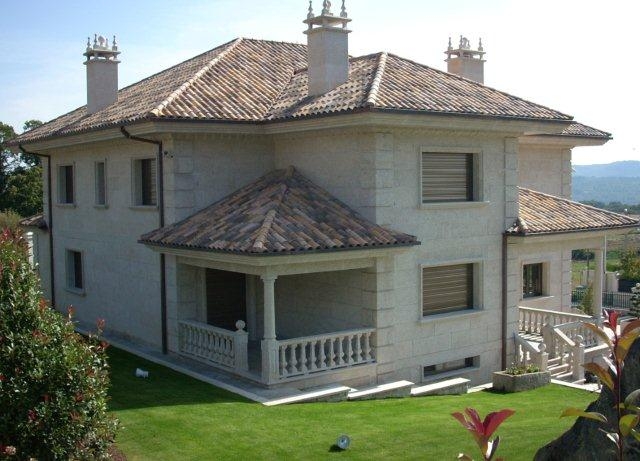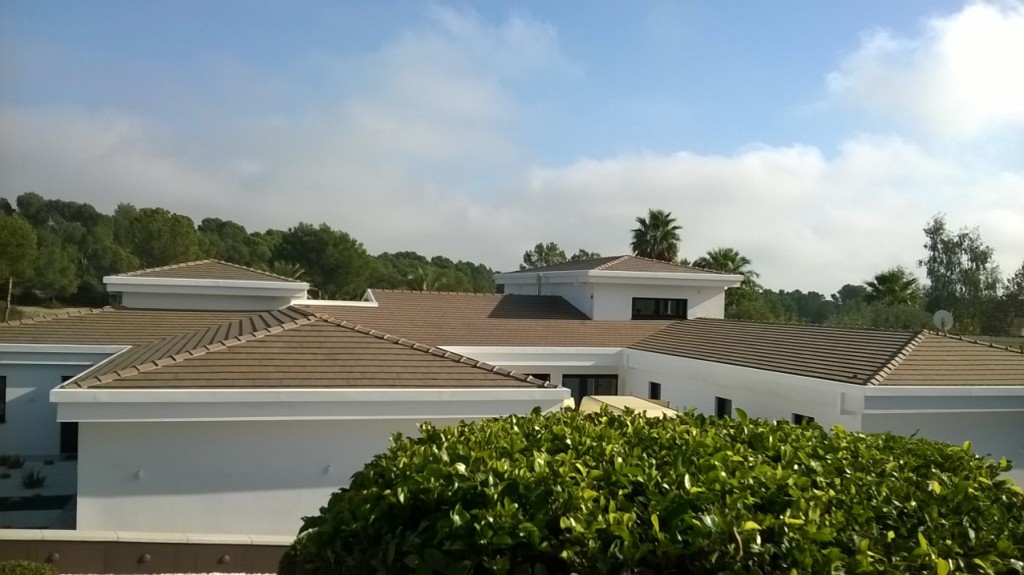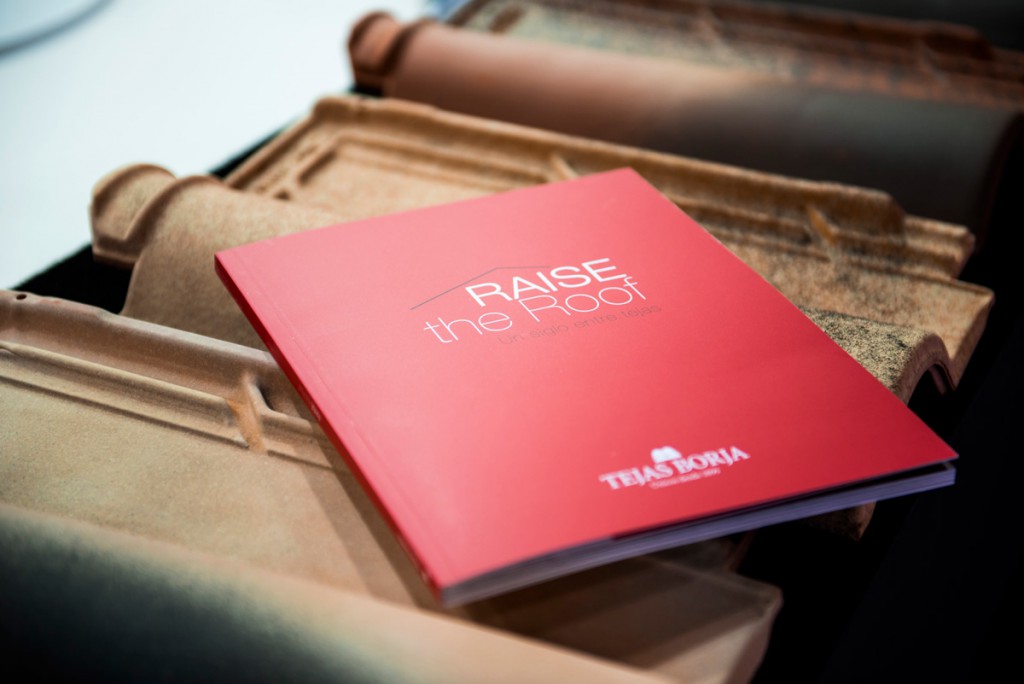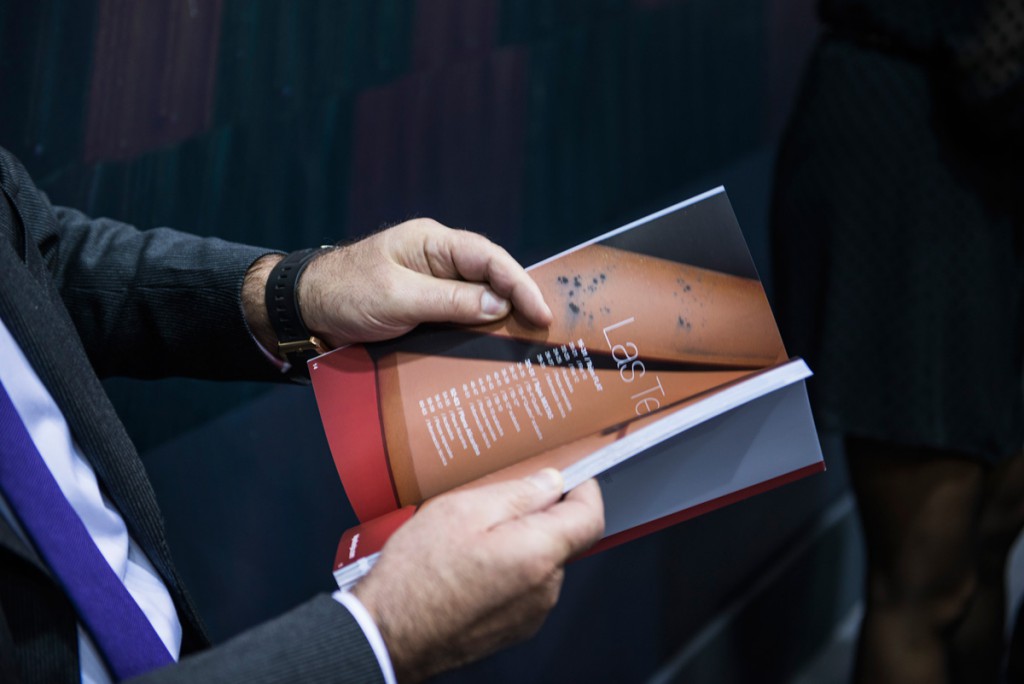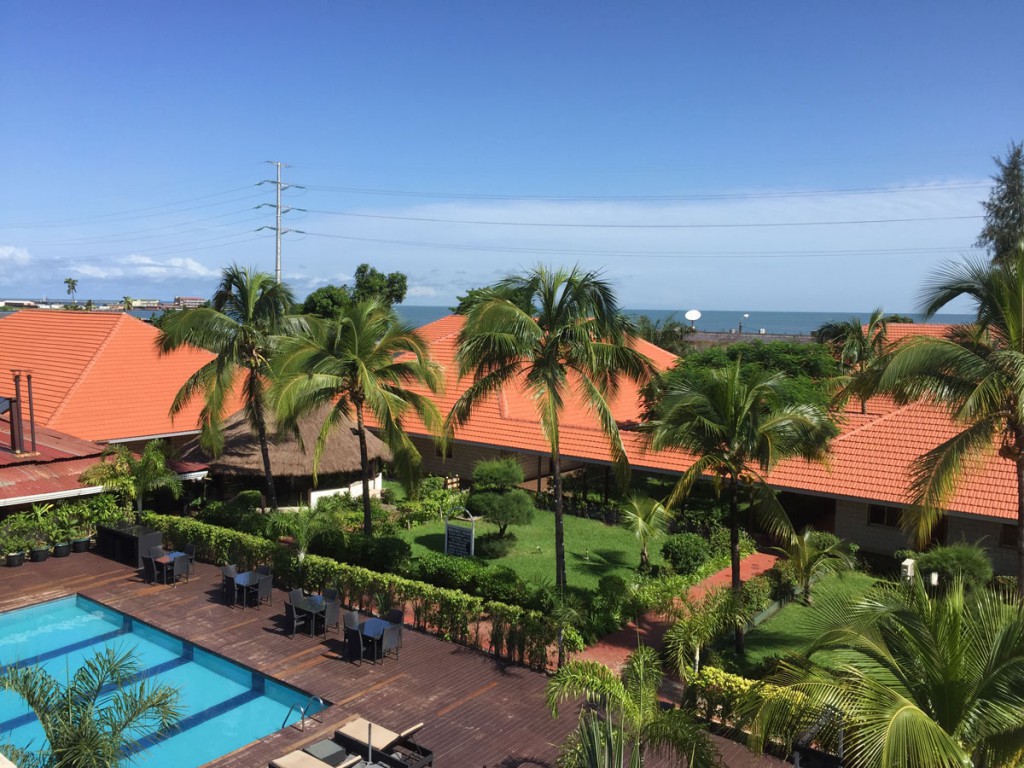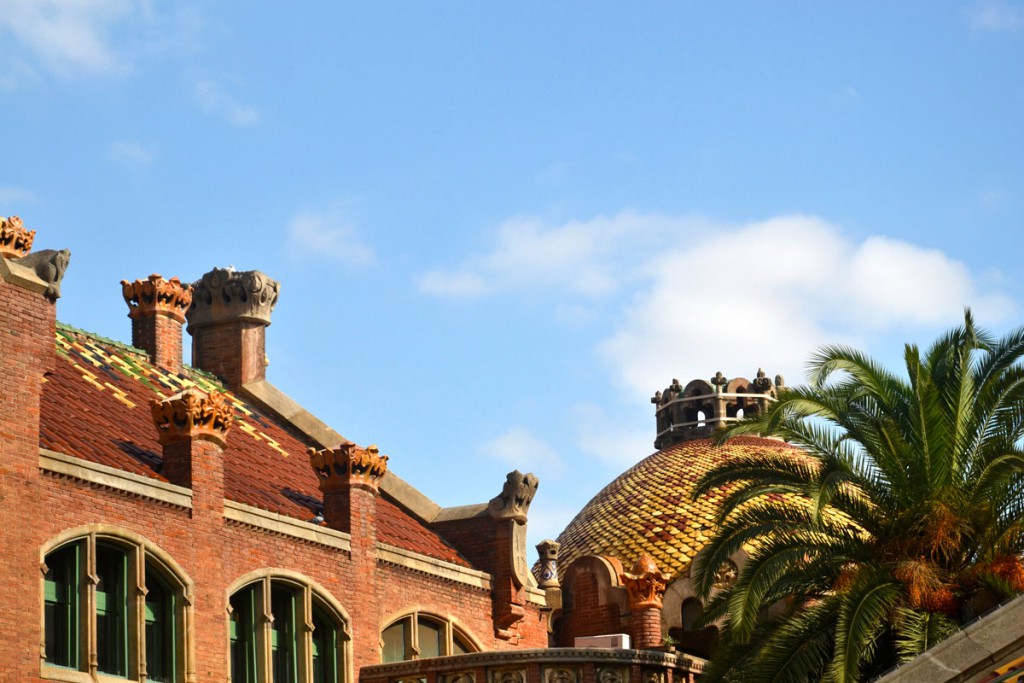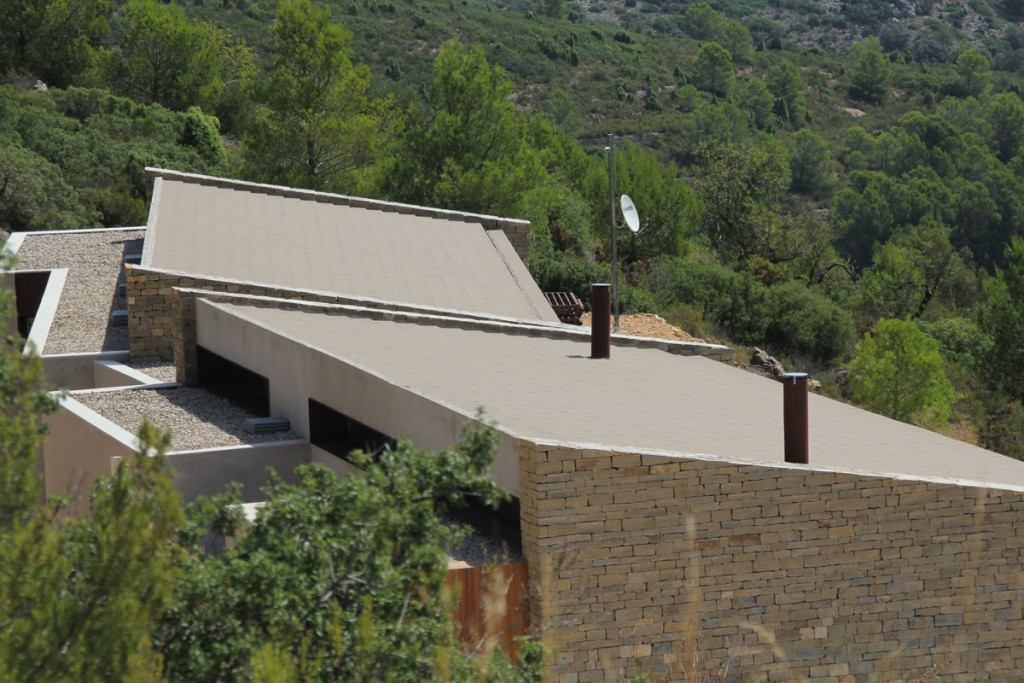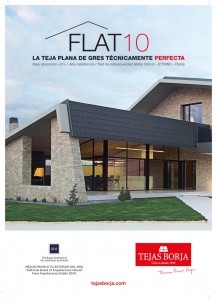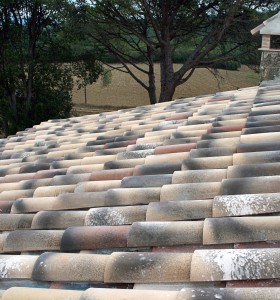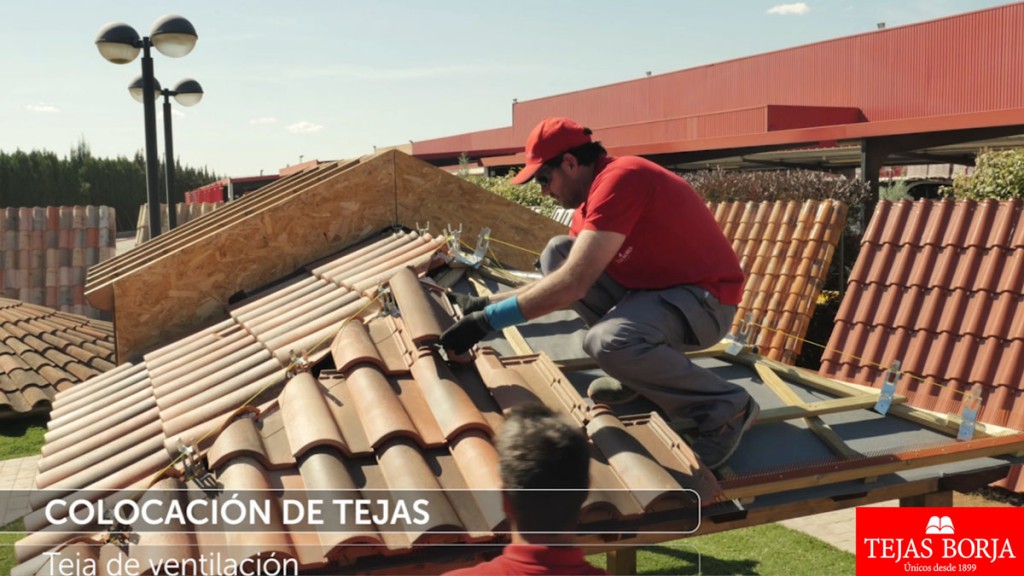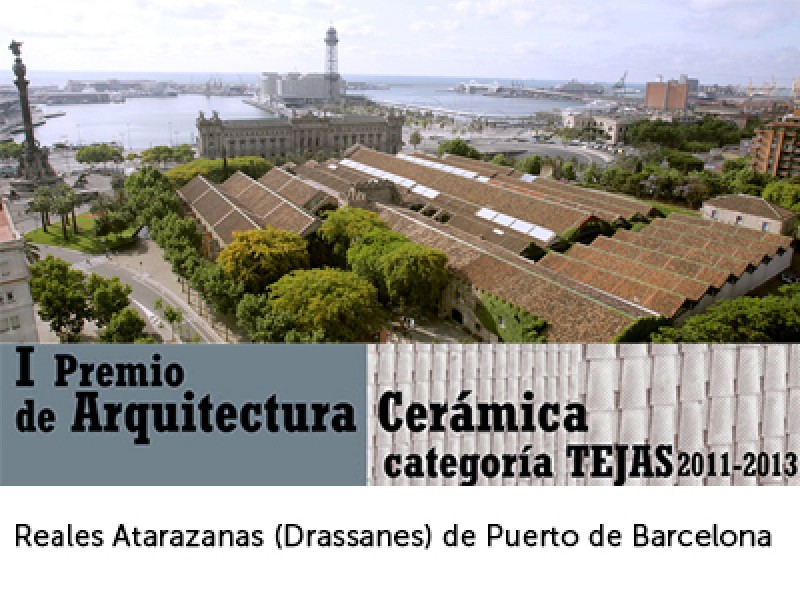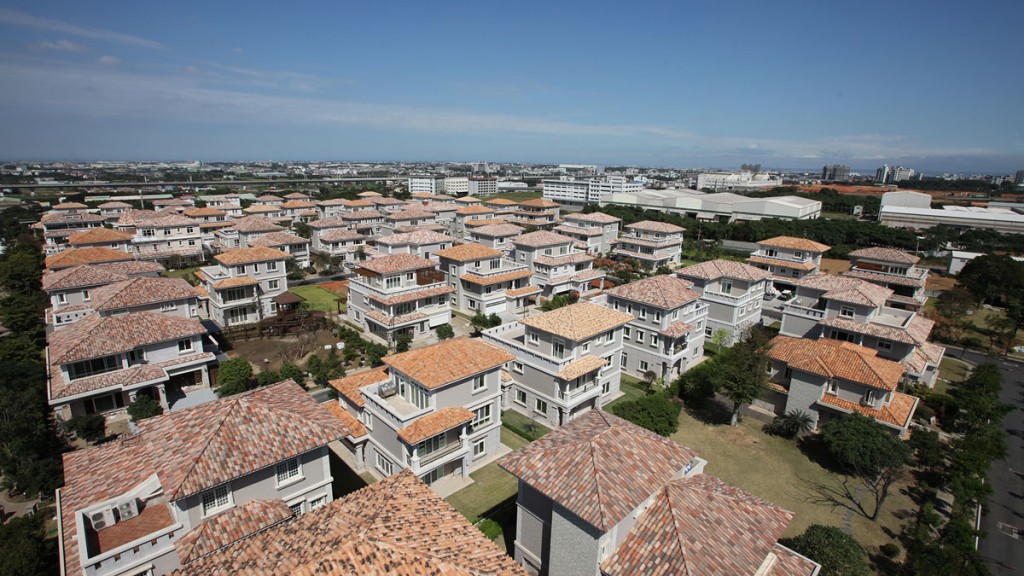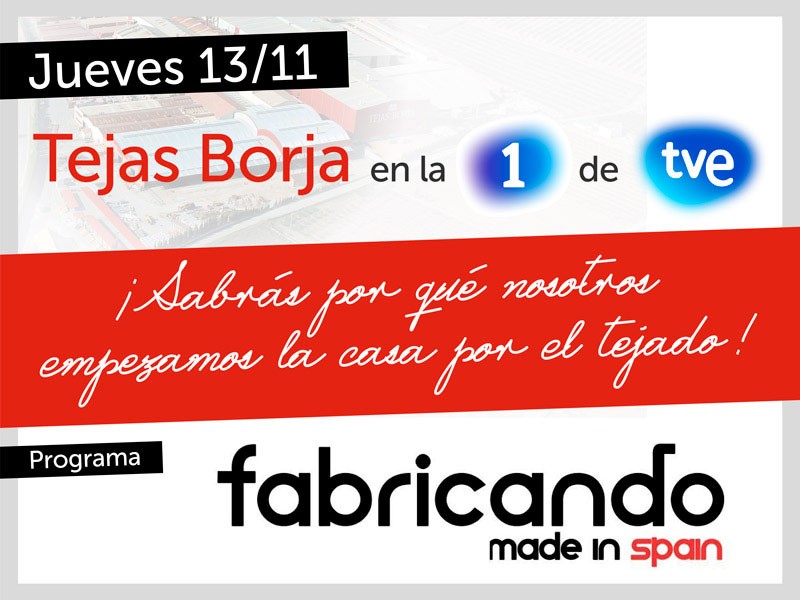The ventilation of the roof
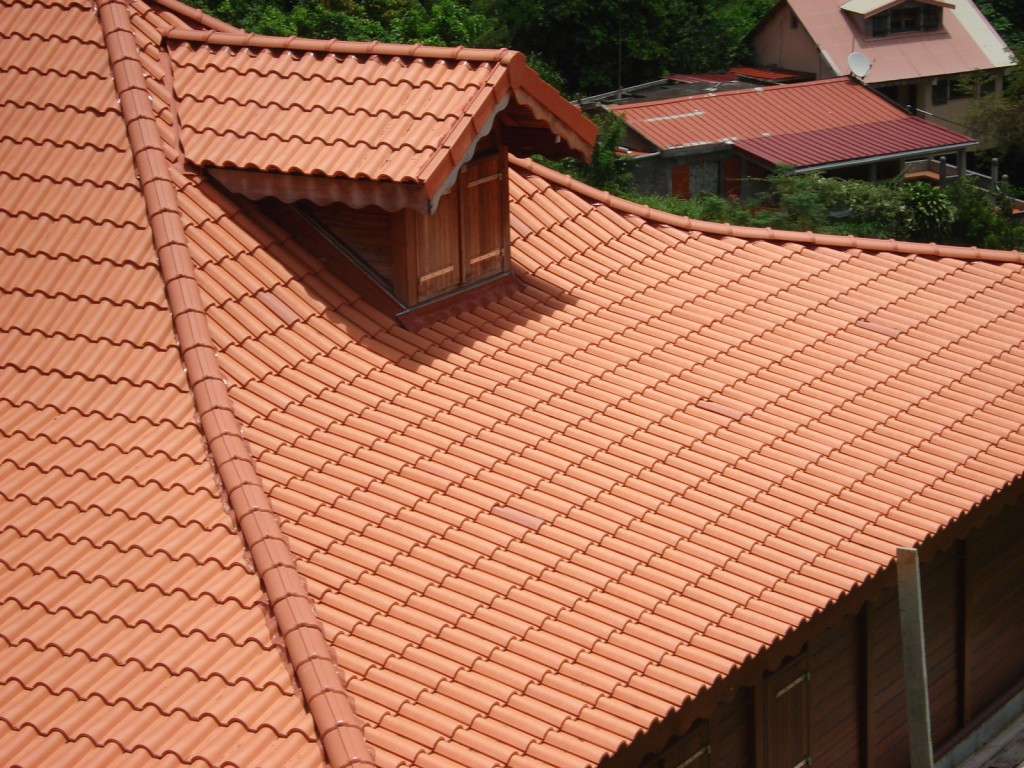
What should be consider regarding the ventilation of the roof?
Adequate ventilation of the roof, unthinkably, is an aspect not often considered when building a house, although it is an important factor that strongly determines its durability and efficiency.
Having this matter into consideration during construction stage will save expensive repairs in the future and will make the cost look insignificant.
As known, ceramic roof tiles are porous products and therefore susceptible to absorb and release water (known as “breath” of the material), that makes them ideal to regulate the moisture inside the building.
How to avoid moisture through the roof in a house?
For a good ventilation of the deck consider:
- ensuring a good setting of the roof with special attention on the minimum air chamber
- using Accessories and Roof components
- using Ventilation roof tiles displayed in a proper array
This permits an easy drying of the roof tiles and eliminates moisture build-up inside the roof.
The roof ventilation will improve the conservation, thereby enhancing the maintenance of the roof. It also reduces the appearance of mosses and fungi, since a well-ventilated roof tile retains the water absorbed for a lot less time and therefore fails to provide moisture conditions that favour germination.
Why is it so important the roof ventilation?
Even if a roof is properly done, the humidity will have access inside. This is a phenomenon always present and technically unavoidable; therefore, the system used for the entire roof must provide a way for the condensed water to be removed from the inner layers of the roof.
Thus, ventilation becomes the key element for that purpose, which is achieved by providing a chamber beneath the roof tiles to force airflow re-cycle through for a continuous drying process.
Related post: Dry installation of clay roof tiles
